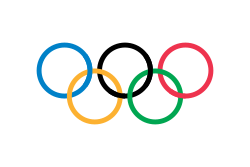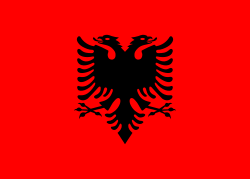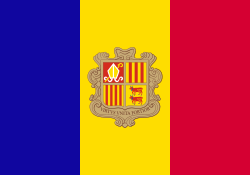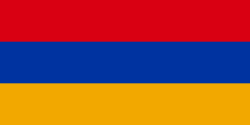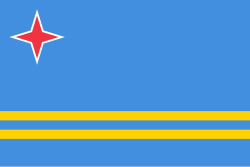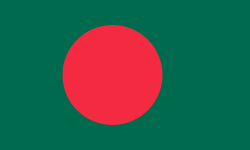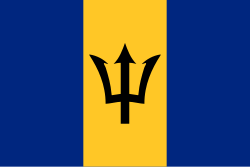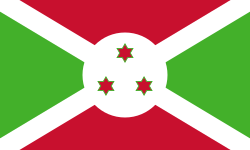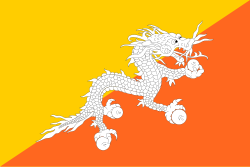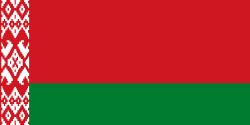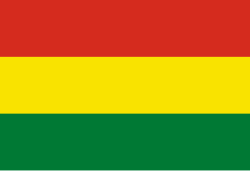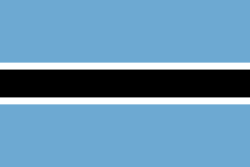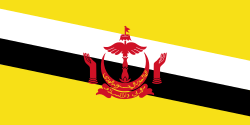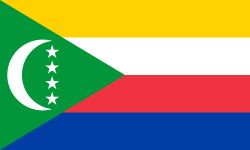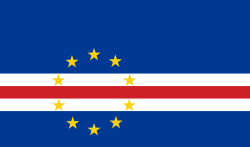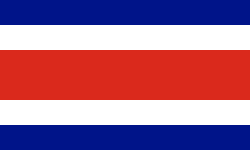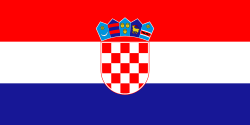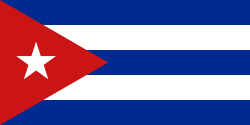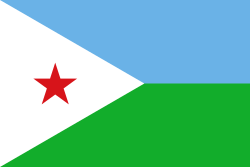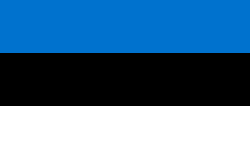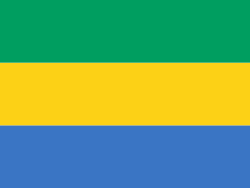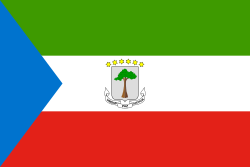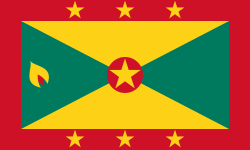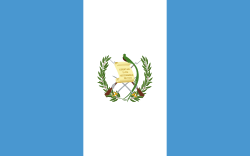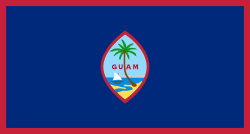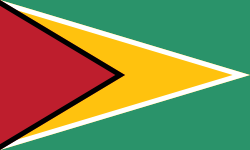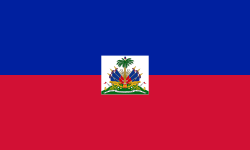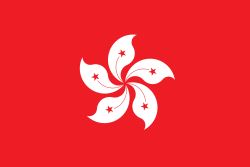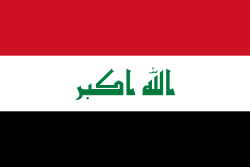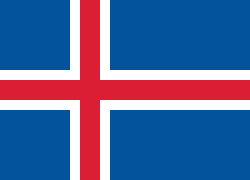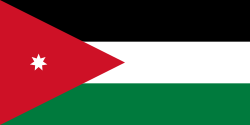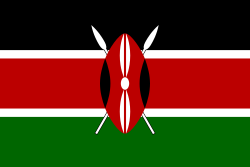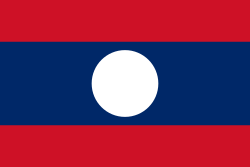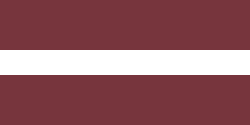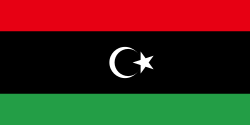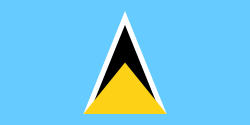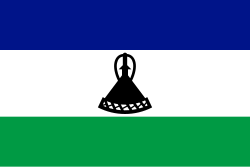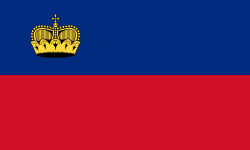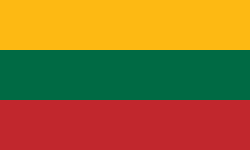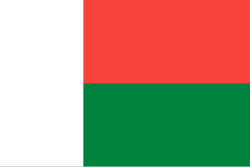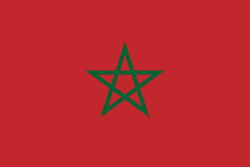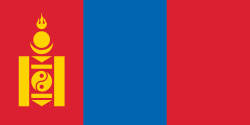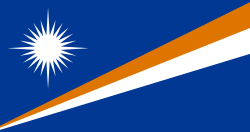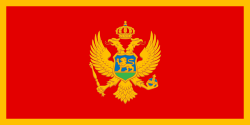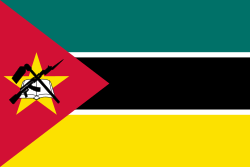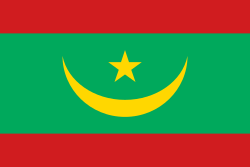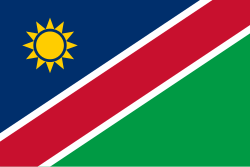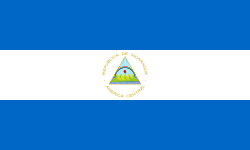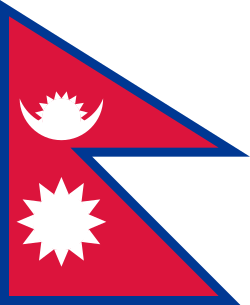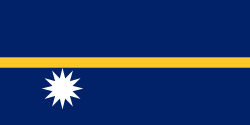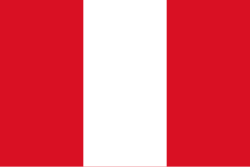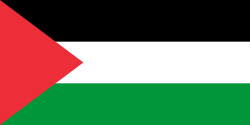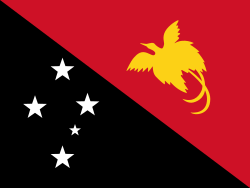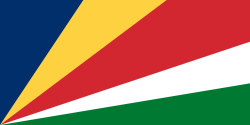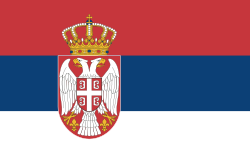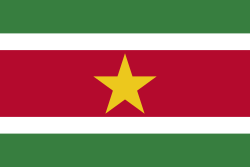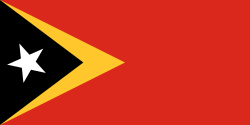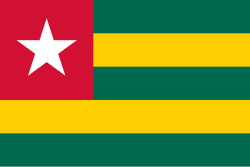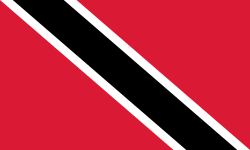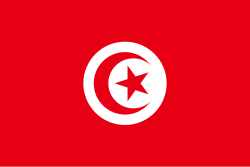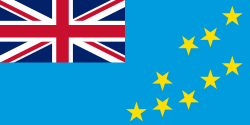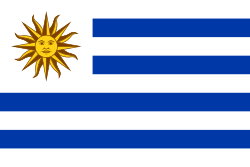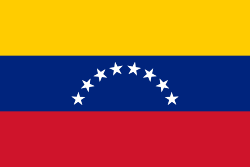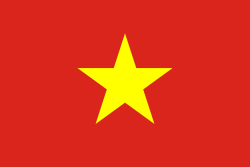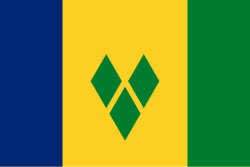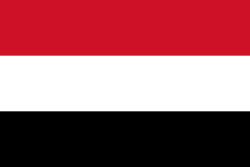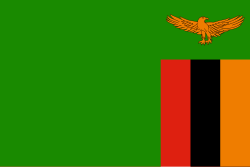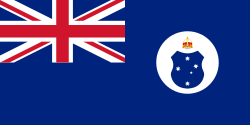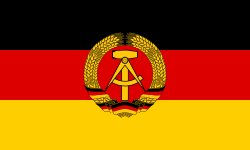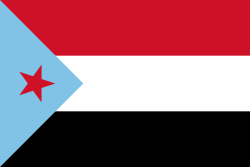Seznam olympijských zkratek


Mezinárodní olympijský výbor (MOV) používá třípísmenné olympijské zkratky kódů zemí, pod nimiž jsou vedeni sportovci, kteří se účastní olympijských her. Každý kód obvykle označuje národní olympijský výbor, ale existuje několik kódů, které byly na minulých hrách použity pro jiné případy, jako například družstva složená ze sportovců více zemí či skupiny sportovců formálně nereprezentujících žádnou zemi.
Několik kódů MOV se liší od standardních třípísmenných kódů ISO (Mezinárodní organizace pro normalizaci). Jiné sportovní organizace, jako FIFA, FIBA nebo Federace Her Commonwealthu, používají podobné kódy zemí, pod nimiž jsou vedena jejich příslušná družstva.
Historie
Zimní olympijské hry 1956 a Letní olympijské hry 1960 byly první hry, na kterých se objevily iniciály zemí, pod nimiž byl v uveřejňovaných oficiálních zprávách veden každý národní olympijský výbor (NOV). Nicméně kódy použité na několika příštích hrách byly často založeny na jazyku hostitelské země (např. GIA pro Japonsko na Zimních olympijských hrách 1956 a Letních olympijských hrách 1960 konaných v Itálii, z italského Giappone) nebo na základě francouzského názvu země (např. COR pro Jižní Koreu, z Corée). Od Zimních olympijských her 1972 byla většina kódů standardizována pro současné použití, ale některé se v posledních letech změnily. Kromě toho se rozpustil Sovětský svaz, rozpadla se Jugoslávie, rozdělilo se Československo, znovu se sjednotilo Německo a v několika případech zeměpisných přejmenování měly všechny tyto události za následek změny kódu.
Kromě tohoto seznamu více než 200 NOV vyžaduje standardizované kódy MOV účast výborů na paralympijských hrách. Tyto nedávné příklady zahrnují Macao a Faerské ostrovy, které mají kódy MAC, resp. FRO.
Současné NOV
Zde je 206 současných NOV (národních olympijských výborů) v rámci olympijského hnutí. Následující tabulka uvádí současný používaný kód každého NOV a jakékoli jiné kódy používané na minulých hrách podle oficiálních zpráv z těchto her. Některé v minulosti používané kódy jsou vysvětleny dále v následujících odstavcích. Kódy používané speciálně pouze pro letní olympijské hry a pouze pro zimní olympijské hry konané ve stejném roce jsou označeny „LOH“, resp. „ZOH“.
Historické NOV a družstva
Dosud používané kódy
Dvanáct historických NOV a družstev má kódy, které jsou dosud používány v databázi výsledků MOV, pod nimiž jsou vedeni minulí medailisté z těchto družstev.
| Kód | Země/Družstvo | Další používané kódy |
|---|---|---|
| AHO | ATO (1960), NAN (1964) | |
| ANZ | ||
| BOH | ||
| BWI | ANT (1960, 1968), WID (1964) | |
| EUA | GER (1956–1964) | |
| EUN | ||
| FRG | ALL (1968 ZOH), ALE (1968 LOH), GER (1972–1976) | |
| GDR | ADE (1968) | |
| SCG | YUG (1996 LOH-2002 ZOH) | |
| TCH | CSL (1956 ZOH), CZE (1960 ZOH), CSV (1960 LOH), CZS (1964 LOH), CHE (1968 LOH) | |
| URS | SOV (1968 ZOH) | |
| YUG | JUG (1956–1960, 1968 ZOH), YUS (1964 LOH) | |
| ZZX |
Zastaralé kódy
| Kód | Země (NOV) | Období | Poznámka | |
|---|---|---|---|---|
| BIR | 1948–1988 | nyní | ||
| CEY | 1948–1972 | nyní | ||
| DAH | 1964–1976 | nyní | ||
| HBR | 1968–1972 | nyní | ||
| KHM | 1972–1976 | nyní | ||
| MAL | 1956–1960 | Soutěžili samostatně před založením Malajsie v roce 1963. nyní | ||
| — | 1956 | |||
| NRH | 1964 | nyní | ||
| RAU | 1960 | nyní a | ||
| RHO | 1960–1972 | nyní | ||
| ROC | 1932–1976 | nyní | ||
| UAR | 1964 | nyní | ||
| VOL | 1972–1984 | nyní | ||
| YAR | 1984–1988 | Soutěžili samostatně před sjednocením Jemenu v roce 1990. nyní | ||
| YMD | 1988 | |||
| ZAI | 1972–1996 | nyní | ||
| — | 1948–1964 | nyní | ||
| — | 1952 | nyní | ||
| — | 1952 | Soutěžilo samostatně před znovupřipojením k Západnímu Německu v roce 1957. | ||
Došlo k dvěma dalším významným změnám kódů, v obou případech kvůli změnám označení země používaných MOV:
- HOL byl pro Nizozemsko na olympijských hrách 1992 změněn na NED, aby odrazil změnu označení z Holandsko.
- IRN byl pro Írán na olympijských hrách 1992 změněn na IRI, aby odrazil změnu označení na Íránská islámská republika.
Speciální kódy
- ANZ je nyní používán v medailové databázi MOV k identifikaci družstva Australasie, složeného ze sportovců Austrálie a Nového Zélandu na Letních olympijských hrách 1908 a 1912. Od roku 1920 soutěží obě země odděleně.
- EUA je nyní používán v medailové databázi MOV k identifikaci Společného německého družstva, složeného ze sportovců zastupujících NOV Německé demokratické republiky a Západního Německa na olympijských hrách 1956–1964. Tehdy bylo družstvo v oficiálních zprávách z těchto šesti her známé prostě jako Německo.
- EUN byl použit v roce 1992 (na letních i zimních olympijských hrách) pro Společenství nezávislých států, složené ze sportovců většiny bývalých republik Sovětského svazu. V roce 1992 mohly jako samostatná družstva soutěžit pouze pobaltské státy; ostatních dvanáct nových zemí soutěžilo samostatně poprvé v roce 1994 a/nebo v roce 1996.
- IOP byl použit pro nezávislé olympijské účastníky v roce 1992, označení používané pro sportovce z Jugoslávie, kteří nemohli kvůli sankcím OSN soutěžit jako družstvo.
- IOA byl použit pro individuální olympijské sportovce v roce 2000, označení používané pro sportovce z Východního Timoru před založením jeho NOV.
- ZZX je používán k identifikaci medailí získaných smíšenými družstvy sportovců z více zemí (např. kombinace Francie a Spojeného království), situace, která se stala několikrát na olympijských hrách 1896, 1900 a 1904.
Média použitá na této stránce
Olympijská vlajka
Vlajka Angoly
The flag of Aruba
Flag of Australia, when congruence with this colour chart is required (i.e. when a "less bright" version is needed).
See Flag of Australia.svg for main file information.This is the national flag of Belgium, according to the Official Guide to Belgian Protocol. It has a 13:15 aspect ratio, though it is rarely seen in this ratio.
Its colours are defined as Pantone black, Pantone yellow 115, and Pantone red 032; also given as CMYK 0,0,0,100; 0,8.5,79,0; and 0,94,87,0.| Flag of Bolivia* | |
|---|---|
| country | Template:I18n/Republic of Bolivia |
| used by | Bolivia |
| from | 1851 |
| until | Present |
| created by | Government of Bolivia |
| format | 15:22 |
| shape | rectangular |
| colours | červená, žlutá, zelená
flag has 3 horizontal stripes |
| other characteristics | A horizontal tricolor of red, yellow and green. |
Flag of Burkina Faso
The proportions of this flag are 3:2; however, there is no official definition for the correct proportions and also 5:3 is widely used.
Flag of Canada introduced in 1965, using Pantone colors. This design replaced the Canadian Red Ensign design.
Při zobrazení tohoto souboru lze snadno přidat orámování
Flag of the Ivory Coast, written by Jon Harald Søby, modified by Zscout370. The colors match to what is reported at http://fotw.vexillum.com/flags/ci.html.
Při zobrazení tohoto souboru lze snadno přidat orámování
Vlajka České republiky. Podoba státní vlajky České republiky je definována zákonem České národní rady č. 3/1993 Sb., o státních symbolech České republiky, přijatým 17. prosince 1992 a který nabyl účinnosti 1. ledna 1993, kdy rozdělením České a Slovenské Federativní republiky vznikla samostatná Česká republika. Vlajka je popsána v § 4 takto: „Státní vlajka České republiky se skládá z horního pruhu bílého a dolního pruhu červeného, mezi něž je vsunut žerďový modrý klín do poloviny délky vlajky. Poměr šířky k její délce je 2 : 3.“
The flag of the Dominican Republic has a centered white cross that extends to the edges. This emblem is similar to the flag design and shows a bible, a cross of gold and 6 Dominican flags. There are branches of olive and palm around the shield and above on the ribbon is the motto "Dios,Patria!, Libertad" ("God, Country, Freedom") and to amiable freedom. The blue is said to stand for liberty, red for the fire and blood of the independence struggle and the white cross symbolized that God has not forgotten his people. "Republica Dominicana". The Dominican flag was designed by Juan Pablo Duarte, father of the national Independence of Dominican Republic. The first dominican flag was sewn by a young lady named Concepción Bona, who lived across the street of El Baluarte, monument where the patriots gathered to fight for the independence, the night of February 27th, 1844. Concepción Bona was helped by her first cousin María de Jesús Pina.
The flag of the Dominican Republic has a centered white cross that extends to the edges. This emblem is similar to the flag design and shows a bible, a cross of gold and 6 Dominican flags. There are branches of olive and palm around the shield and above on the ribbon is the motto "Dios,Patria!, Libertad" ("God, Country, Freedom") and to amiable freedom. The blue is said to stand for liberty, red for the fire and blood of the independence struggle and the white cross symbolized that God has not forgotten his people. "Republica Dominicana". The Dominican flag was designed by Juan Pablo Duarte, father of the national Independence of Dominican Republic. The first dominican flag was sewn by a young lady named Concepción Bona, who lived across the street of El Baluarte, monument where the patriots gathered to fight for the independence, the night of February 27th, 1844. Concepción Bona was helped by her first cousin María de Jesús Pina.
Vlajka Etiopie
Finská vlajka
Georgian flag in Pantone MS.
The flag of Guam, courtesy an e-mail from the author of xrmap. Modifications by Denelson83.
The national and official state flag of Haiti; arms obtained from File:Coat of arms of Haiti.svg. The civil flag can be found at here.
Note: The color selected is «turquoise blue» (the color mentioned in the decree), as defined by Pantone.
bendera Indonesia
Flag of Iran. The tricolor flag was introduced in 1906, but after the Islamic Revolution of 1979 the Arabic words 'Allahu akbar' ('God is great'), written in the Kufic script of the Qur'an and repeated 22 times, were added to the red and green strips where they border the white central strip and in the middle is the emblem of Iran (which is a stylized Persian alphabet of the Arabic word Allah ("God")).
The official ISIRI standard (translation at FotW) gives two slightly different methods of construction for the flag: a compass-and-straightedge construction used for File:Flag of Iran (official).svg, and a "simplified" construction sheet with rational numbers used for this file.
Zelený pruh má znázorňovat většinové katolické obyvatelsto Irska, oranžový pruh reprezentuje protestantskou menšinu a bílý pruh uprostřed znázorňuje mír a harmonii mezi nimi.
The Flag of Iceland.
- Horizontal aspect ratio: 7:1:2:1:14;
- Vertical aspect ratio: 7:1:2:1:7.
Flag of Jamaica. “The sunshine, the land is green, and the people are strong and bold” is the symbolism of the colours of the flag. GOLD represents the natural wealth and beauty of sunlight; GREEN represents hope and agricultural resources; BLACK represents the strength and creativity of the people. The original symbolism, however, was "Hardships there are, but the land is green, and the sun shineth", where BLACK represented the hardships being faced.
Flag of Laos
Flag of Liechtenstein
Flag of Maldives. The colours used are Pantone 186 C for red and Pantone 348 C for green.
Flag of Mauritania, adopted in 2017. The National Assembly added red stripes to the top and bottom edges to represent “the blood shed by the martyrs of independence”.
Flag of Namibia
The national flag of Nauru. Pantone 280c (Blue) and Pantone 123c (Yellow). On Pantone's official website these colours have the hexadecimal codes of #012169 and #FFC72C.
Flag of Portugal, created by Columbano Bordalo Pinheiro (1857-1929), officially adopted by Portuguese government in June 30th 1911 (in use since about November 1910).
Used color: National flag | South African Government and Pantone Color Picker
| zelená | rendered as RGB 0 119 73 | Pantone 3415 C |
| žlutá | rendered as RGB 255 184 28 | Pantone 1235 C |
| červená | rendered as RGB 224 60 49 | Pantone 179 C |
| modrá | rendered as RGB 0 20 137 | Pantone Reflex Blue C |
| bílá | rendered as RGB 255 255 255 | |
| černá | rendered as RGB 0 0 0 |
Flag of Rwanda. The flag ratio is 2:3 with the stripes being 2:1:1. Colors are the following officially: Pantone 299 C 2X (blue), RAL 6029 (green), RAL 1023 (yellow) and RAL 1003 (golden yellow). (As of 03/08/2010, the only color used is the Pantone 299 C, which is from here. The rest of the colors are RAL shades from here.)
Flag of Senegal
Flag of São Tomé and Príncipe
Při zobrazení tohoto souboru lze snadno přidat orámování
The national flag of Kingdom of Thailand; there are total of 3 colours:
- Red represents the blood spilt to protect Thailand’s independence and often more simply described as representing the nation.
- White represents the religion of Buddhism, the predominant religion of the nation
- Blue represents the monarchy of the nation, which is recognised as the centre of Thai hearts.
Flag of Togo. Aspect ratio modified for projects that require an aspect ratio of 3:2.
Chinese Taipei Olympic Flag. According to the official website of Chinese Taipei Olympic Committee, Blue Sky(circle) & White Sun(triangles) above the Olympic rings is neither the National Emblem of the Republic of China, nor the Party Emblem of Kuomintang (KMT), but a design in between, where the triangles do not extend to the edge of the blue circle, as registered at International Olympic Committee in 1981 and digitally rendered in 2013. Besides, the blue outline of the five-petaled plum blossom is broader than the red one. Moreover, the CMYK code of the blue one and the Blue Sky & White Sun is "C100-M100-Y0-K0", and different from the Olympic rings (C100-M25-Y0-K0). Note that it's the only version recognized by IOC.
Chinese Taipei Olympic Flag. According to the official website of Chinese Taipei Olympic Committee, Blue Sky(circle) & White Sun(triangles) above the Olympic rings is neither the National Emblem of the Republic of China, nor the Party Emblem of Kuomintang (KMT), but a design in between, where the triangles do not extend to the edge of the blue circle, as registered at International Olympic Committee in 1981 and digitally rendered in 2013. Besides, the blue outline of the five-petaled plum blossom is broader than the red one. Moreover, the CMYK code of the blue one and the Blue Sky & White Sun is "C100-M100-Y0-K0", and different from the Olympic rings (C100-M25-Y0-K0). Note that it's the only version recognized by IOC.
Flag used in 1908–12 Olympic games to represent Australasian team
Flag of the unified Team of Germany for the Olympic Games, 1960–1968.
Flag of Serbia and Montenegro, was adopted on 27 April 1992, as flag of Federal Republic of Yugoslavia (1992-2003).
Flag of Serbia and Montenegro, was adopted on 27 April 1992, as flag of Federal Republic of Yugoslavia (1992-2003).
Flag of the Socialist Federal Republic of Yugoslavia (1946-1992).
The design (blazon) is defined in Article 4 of the Constitution for the Republic of Yugoslavia (1946). [1]
Flag of Rhodesia (11 November 1968 – 31 May 1979) and Zimbabwe Rhodesia (1 June – 1 September 1979).
Autor: Heraldry, Licence: CC BY-SA 3.0
Flag of British Honduras
Federal flag of the West Indies Federation, 3 January 1958 to 31 May 1962
Autor: No machine-readable author provided. Nightstallion assumed (based on copyright claims)., Licence: CC BY-SA 2.5
Flag of the Federation of Malaya.
This flag should not be confused with the flag of Malaysia. The flag of Malaya has 11 stripes and 11 spokes in the star. The flag of Malaysia has 14 stripes and 14 spokes.
Flag of the Gold Coast. Data from http://www.fotw.us/flags/gh_col.html .
Autor: Sodacan, Licence: CC BY-SA 4.0
Flag of British Guiana (1919-1955)
Při zobrazení tohoto souboru lze snadno přidat orámování
Flag of Northern Rhodesia, 1939–1964
Sable six palets wavy Argent on a Chief Azure an eagle reguardant wings expanded Or holding in the talons a Fish of the second.
The Paralympic flag
